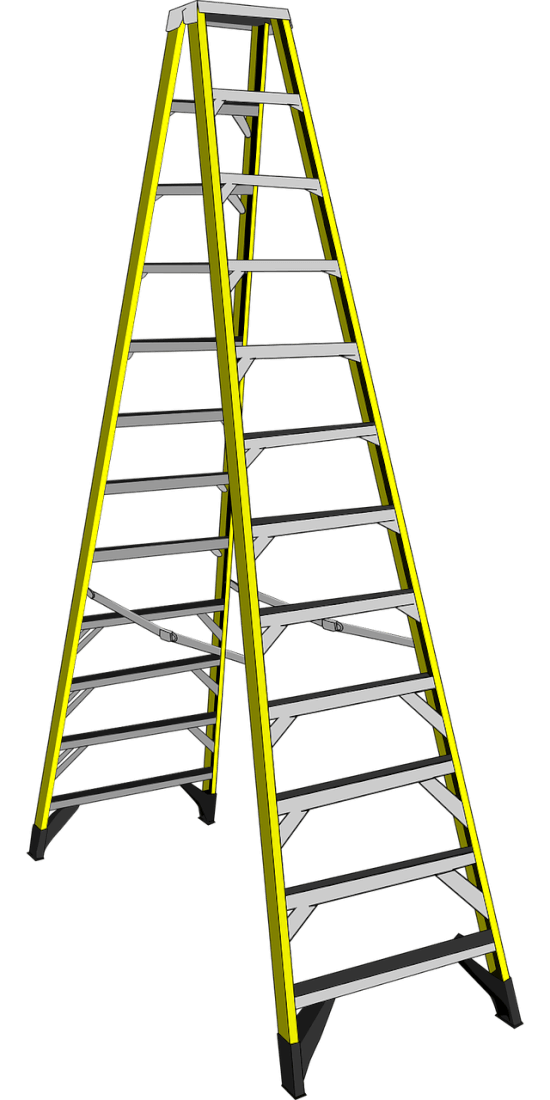- 0413 917 722
- contact@zeroexposure.com.au
- Mon - Fri: 9:00 - 17:00



Many years ago, my cousins fell from a two storey house and landed on his back. He was lucky enough to walk away from this workplace incident. To this day he still has ongoing back issues, but fortunately he is still alive and able to walk. Many workers in Australia either lose their life or have severe injuries which prevent them carrying out their normal duties or in some cases they are confined to a wheel chair. The average work day is 8hrs in which 21 workers are injured due to a fall from height!! That’s 2.6/hr!!. Of the fall from heights injuries/fatalities, ladders as the origin of the fall, makes up approximately 16% with vehicle and roof a close second at 11%. This is why ladder safety is very important in the workplace.
The main root causes of these injures can be broken down in the following
All of these could have been prevented by ensuring checks and care is taken when using ladders. The following are some things to be considered when using a ladder in the workplace or at home
Before using the ladder the following are to be checked:
Now that you have checked the ladder its important the setup is correct
Now that your ladder is setup correctly you can ensure the following:
In the workplace when working at heights great than 2m, this is considered a high risk work activities and require a safe work method statement (SWMS) to be documented . A SWMS describes the activities to be undertaken, associated risk, resources required and control measures to be applied.
If you need help with your ladder safety in your business, or would like to know more please contact me today on 0413917722. At Zero Exposure Solutions we also have formed a number of alliances with suppliers. If you are looking for a product or service that we don’t provide, we can help you find the right one suited to your business.
Source of statistics https://www.safeworkaustralia.gov.au/sites/SWA/about/Publications/Documents/812/Falls-from-Height.pdf